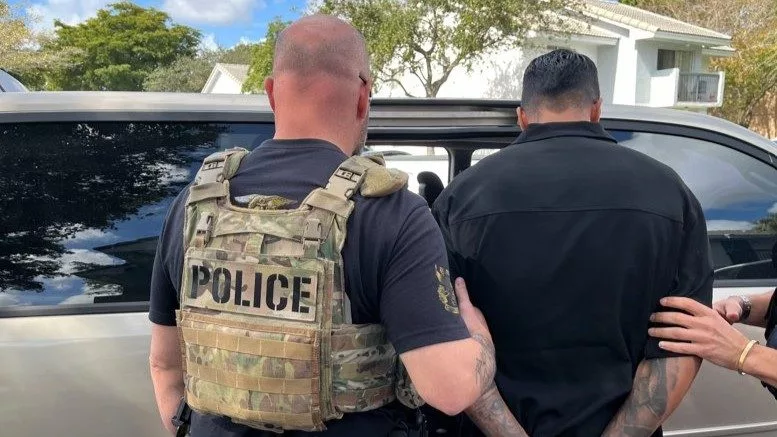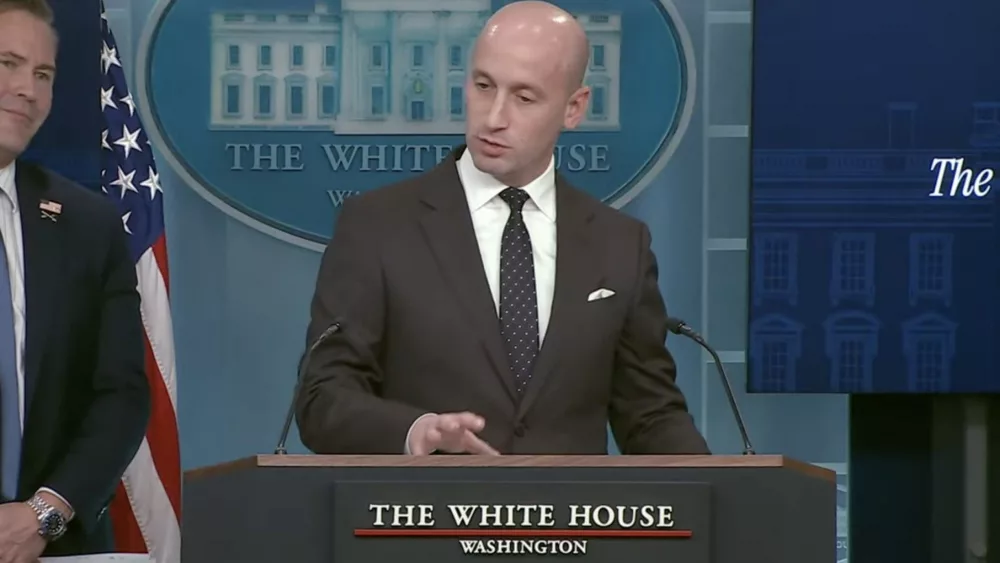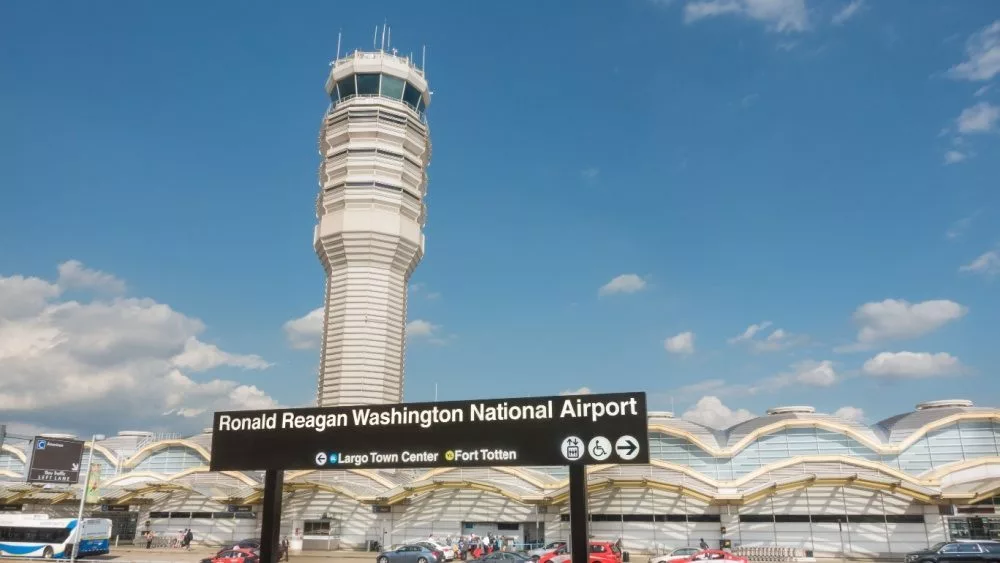WASHINGTON, D.C. – Even as the Trump administration criticizes state and local sanctuary policies as an impediment to its deportation aims, officials touting the policies are finding there isn’t much they can do to prevent immigration arrests.
Some states and counties are nonetheless defending their sanctuary policies as a way to slow arrests, especially for purely immigration-related offenses, and to assure residents that local leaders are not taking part in the Trump administration’s deportation plans.
Localities in Connecticut, Oregon and Washington joined a February lawsuit led by the city and county of San Francisco and Santa Clara County in California against a Trump administration executive order calling for defunding cities with sanctuary policies, calling the order “illegal and authoritarian.” California is also preparing to defend its state policies limiting cooperation with immigration authorities, based on a 2017 law that withstood a court challenge under the first Trump administration.
The laws under scrutiny generally limit cooperation with federal immigration authorities. The policies either prevent local officials from holding prisoners for immigration arrests or, alternatively, from notifying immigration authorities what time prisoners will be released, so federal agents can arrest them on immigration charges that could lead to deportation. There are generally exceptions for some serious crimes.
Chicago, Philadelphia and Seattle — all high-profile sanctuary locations — are among the cities that have seen Immigration and Customs Enforcement arrests.
ICE can always find other ways to arrest a person, but it’s harder without local cooperation.
“You’re adding to the time and expense and resources ICE needs,” said Kathleen Bush-Joseph, a policy analyst for the Migration Policy Institute, a Washington, D.C., think tank devoted to immigration policy.
She noted a 2018 report from the CATO Institute, a libertarian think tank, suggesting that deportations fell in California after a 2013 law limited cooperation with ICE for minor and immigration crimes, though they later rose again.
“There is suggestive evidence that sanctuary policies reduce deportations but many reasons to also be skeptical of big effects,” the report concluded.
Most deportation arrests happen when ICE agents get fingerprint records from jails, whether run by city governments or independently elected sheriffs as they are in many counties, and identify people subject to court deportation orders. All jails regardless of sanctuary policy send the fingerprints for federal background checks during the booking process.
Still, federal officials complain that sanctuary policies can force them to arrest people on the street where it’s more dangerous and time-consuming than a transfer of custody inside a jail.
That happened recently in heavily Democratic Tompkins County in upstate New York, where the county and the city of Ithaca reaffirmed their sanctuary policies after criticism by the Trump administration.
A man who had been held in the county’s jail since 2023 was released on a judge’s order in late January, before ICE agents could arrive to arrest him for deportation. Several agencies, including state police, later arrested him in a parking lot in a show of force, according to local press accounts.
The 27-year-old man, a citizen of Mexico, had been identified for deportation in early January because he had returned to the United States after being deported seven times in 2016. He pleaded guilty to charges of assaulting a police officer and a jail guard and was sentenced to time served.
After the ICE arrest, acting U.S. Deputy Attorney General Emil Bove criticized the county, writing in a Jan. 30 statement: “We will use every tool at our disposal to prevent sanctuary city policies from impeding and obstructing lawful federal operations designed to make America safe again.”
Tompkins County Attorney Maury Josephson, in a statement to Stateline, called Bove’s statement “false and offensive.” Josephson wrote that the sheriff, Derek Osborne, had notified ICE about the prisoner’s release and that federal agents “had every opportunity to come to the jail to obtain the individual in question without any need for a pursuit or other incident.”
Many sanctuary policies are mostly symbolic, meant to assure residents that the city isn’t taking part in federal immigration enforcement. Many policies say city employees will not ask about immigration status when people seek services.
Some sanctuary policies can help indirectly fight deportations by providing legal help and advice for immigrants on how to respond to questions from federal agents, said Jennifer Ibañez Whitlock, a supervisory policy and practice counsel for the American Immigration Lawyers Association.
“There have been some steps forward in creating an immigration public defender system, but it’s not available at the federal level yet,” Ibañez Whitlock said. That can make it tricky when an immigration prisoner is moved to another state for detention, and they could lose their legal representation, she said.
Sanctuary policies also aim to improve public safety by assuring immigrants it’s safe for them to report and help investigate crimes. Often the policies forbid asking questions about immigration status for people seeking services.
“For us it’s simple. We are striving to create a culture of trust and security within our communities so that our residents know that they can come to the county when they are in need or when they can be of help,” said Tony LoPresti, county counsel for Santa Clara County, California, during a news conference announcing the San Francisco lawsuit this month.
“That includes feeling safe coming to local law enforcement to report crimes or to participate in investigations without fearing that they or their loved ones face deportation,” LoPresti added.
This article was first published by Stateline, part of States Newsroom.





